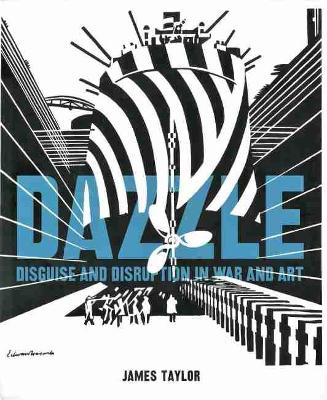While it is a constant throughout history that conflict has inspired and engendered great art, it is a much rarer event for art to impact directly upon the vicissitudes of war. Yet, in the course of the First World War, a collision of naval strategy and the nascent modern art movement, led to some two thousand British ships going to sea as the largest painted modernist "canvases" in the world covered in abstract, clashing, decorative, and geometric designs in a myriad of colors. Dazzle camouflage had arrived.Heavily inspired by the Cubism and British Vorticism art movements, dazzle was conceived and developed by celebrated artist and then naval commander Norman Wilkinson. Dazzle camouflage rejects concealment in favor of disruption. It seeks to break up a ship's silhouette with brightly contrasting geometric designs to make a vessel's speed and direction incredible difficult to discern. False painted bow-waves and sterns were used to confuse and throw off the deadly U-boat captains. The high contrast shapes and colors further made it very difficult to match up a ship in the two halves of an optical naval rangefinder. This new book traces the development of the dazzle aesthetic from theory into practice and beyond.
- ISBN10 1591146364
- ISBN13 9781591146360
- Publish Date 15 September 2016
- Publish Status Active
- Publish Country US
- Imprint Naval Institute Press
- Format Hardcover
- Pages 128
- Language English
